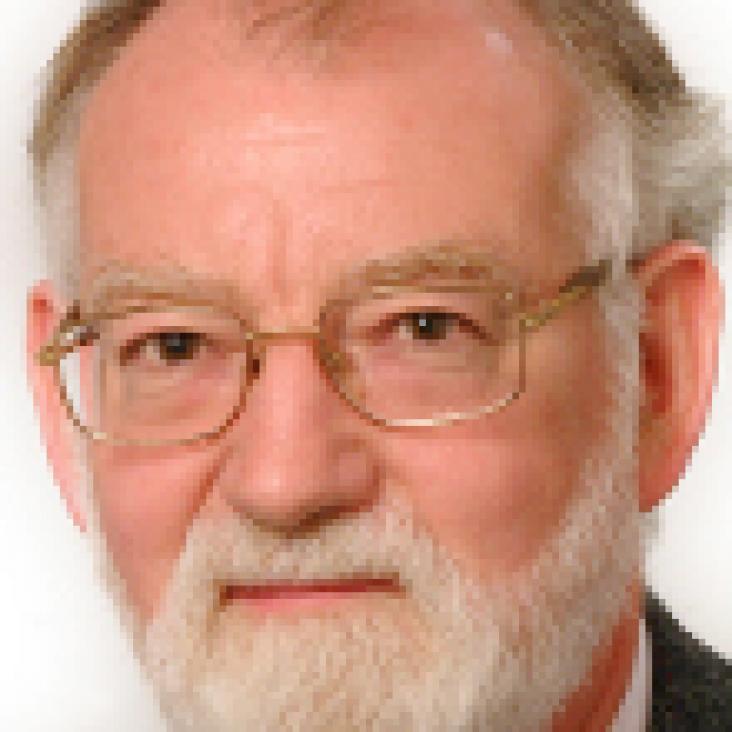Soliton confinement and the excitation spectrum of spin-peierls antiferromagnets
NATO ADV SCI I E-APP 349 (1998) 123-131
Abstract:
The excitation spectrum of spin-Peierls antiferromagnets is discussed taking into acount phonon dynamics but treating inter-chain elastic couplings in mean field theory. This gives a ladder of soliton-anti-soliton boundstates, with no soliton continuum, until soliton deconfinement takes place at a transition into a non-dimerized phase.Spin density waves and proximity effects in thin epitaxial Cr films
NATO ADV SCI I E-APP 349 (1998) 239-265
Spin spectroscopy and coherence in magnetic quantum structures
NATO ADV SCI I E-APP 349 (1998) 179-201
The excitations of one-dimensional spin 1/2 antiferromagnets
NATO ADV SCI I E-APP 349 (1998) 5-27
Abstract:
Nearly one-dimensional magnetic systems can be obtained by growing materials in which the magnetic ions have strong exchange interactions along atomic chains but much weaker interactions between the chains. By suitable choice of the magnetic ions and their environment the interactions can be varied to give realisations of Ising chains, XY chains, and Heisenberg chains, and their excitations can be studied in detail using neutron scattering techniques. In ordered three-dimensional antiferromagnets, the excitations are long lived spin waves. Spin 1/2 chains do not have long range order even at low temperature, and furthermore the quantum fluctuations are important and the excitations are very different from those of three-dimensional antiferromagnets. In these lectures I review the excitations observed for the Ising system, CsCoCl3, and show that the results can be described in terms of domain walls. CuGeO3 is an example of a spin-Peierls system in which the coupling to the lattice causes a alternation of the exchange constants and the ground state becomes a non-magnetic dimer state. The excitations are then long lived but different from spin waves and best described as the triplet excitations of the ground state dimers. The last example is KCuF3 which is close to a Heisenberg spin 1/2 chain for which the excitations are spinons and the neutron scattering can be described as arising from pairs of spinons. The experimental results are described and it is argued that spinons are also best understood in terms of the excitations of dimers.The magnetic structures of rare-earth superlattices
NATO ADV SCI I E-APP 349 (1998) 203-213


